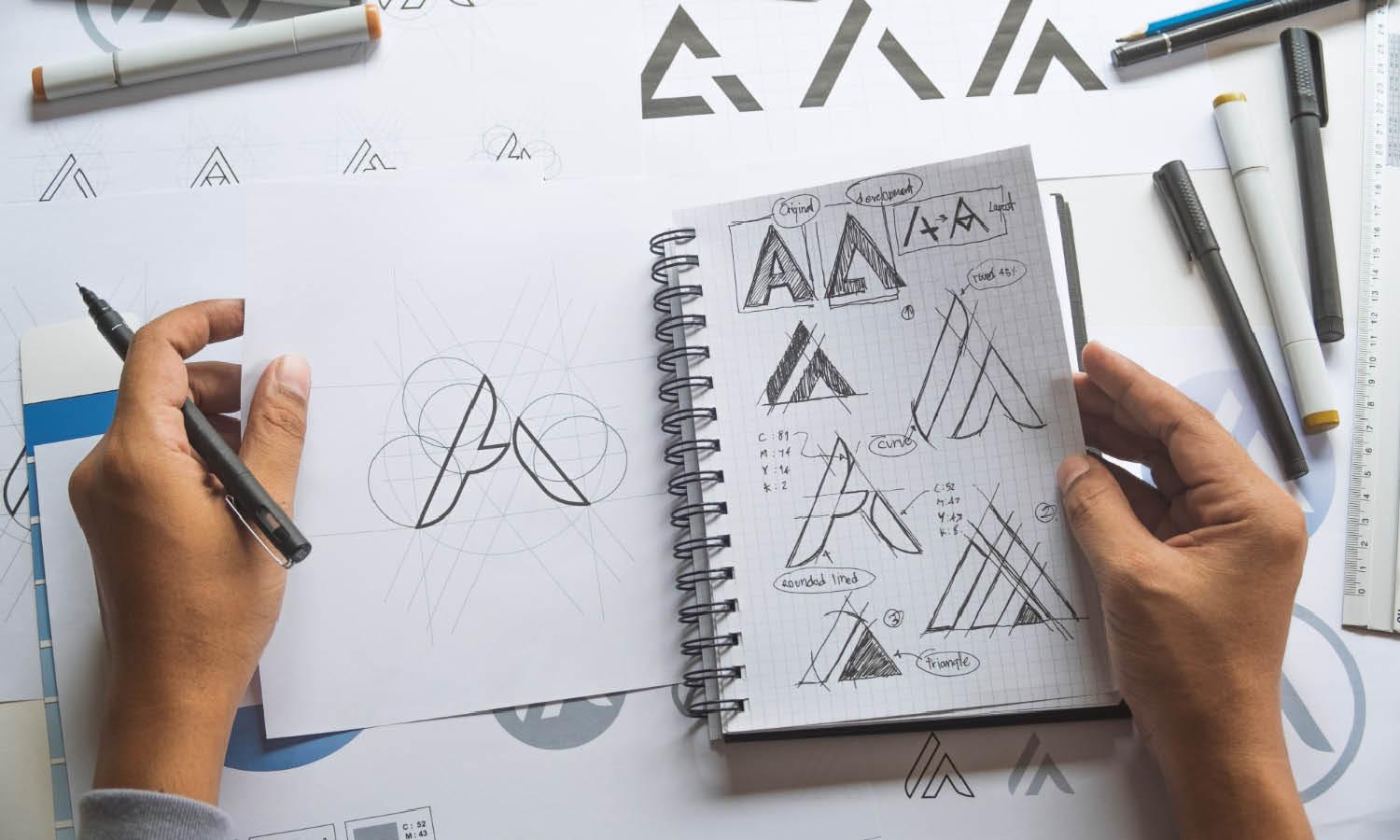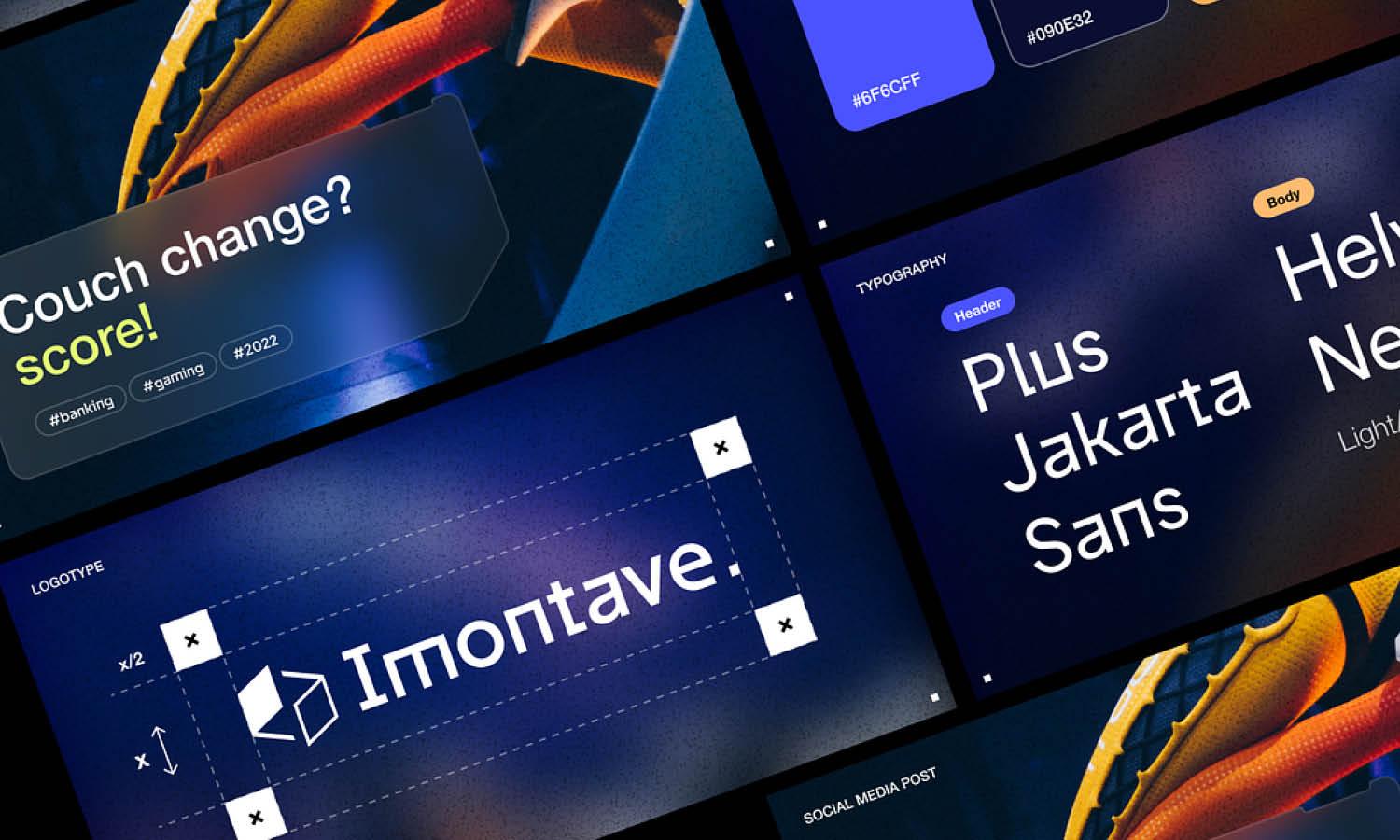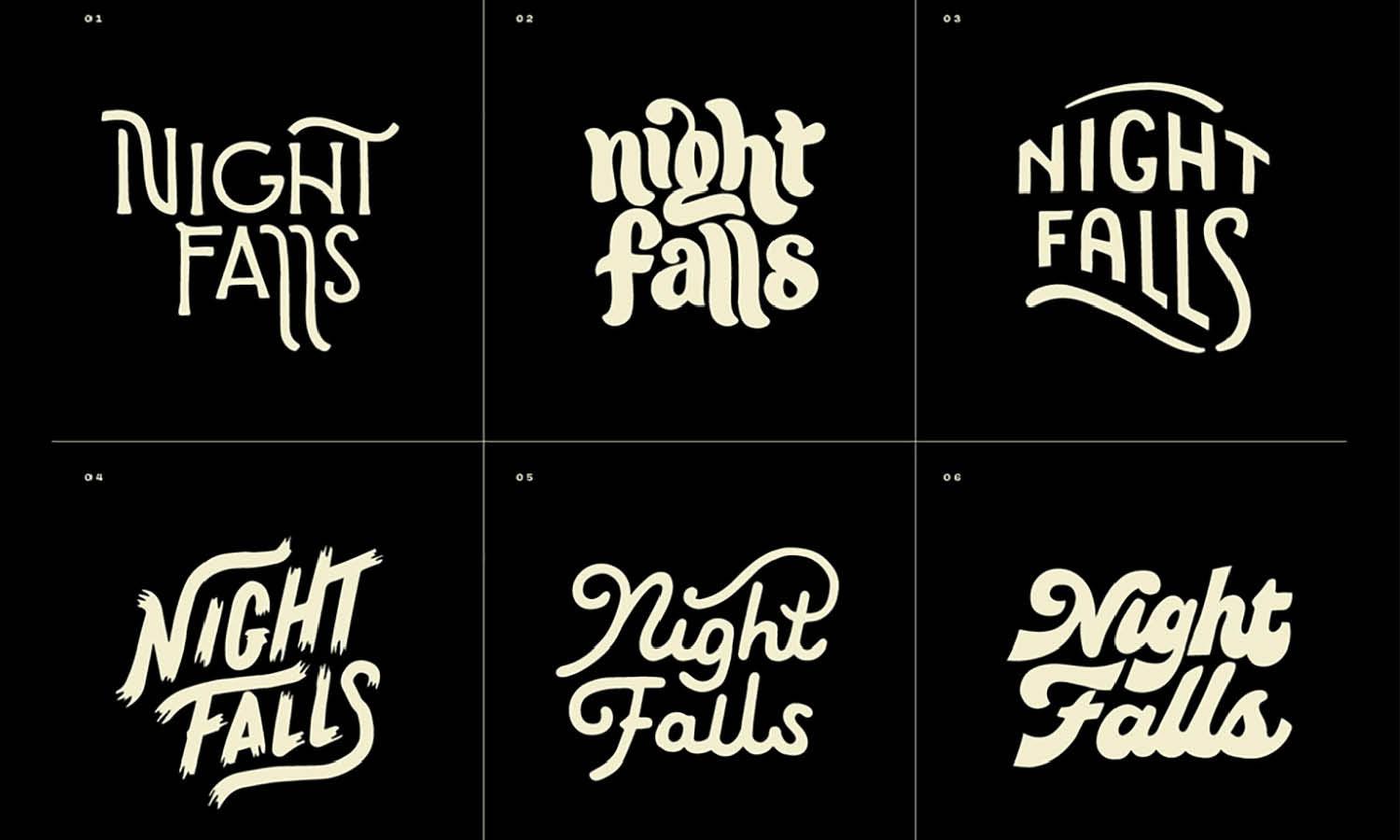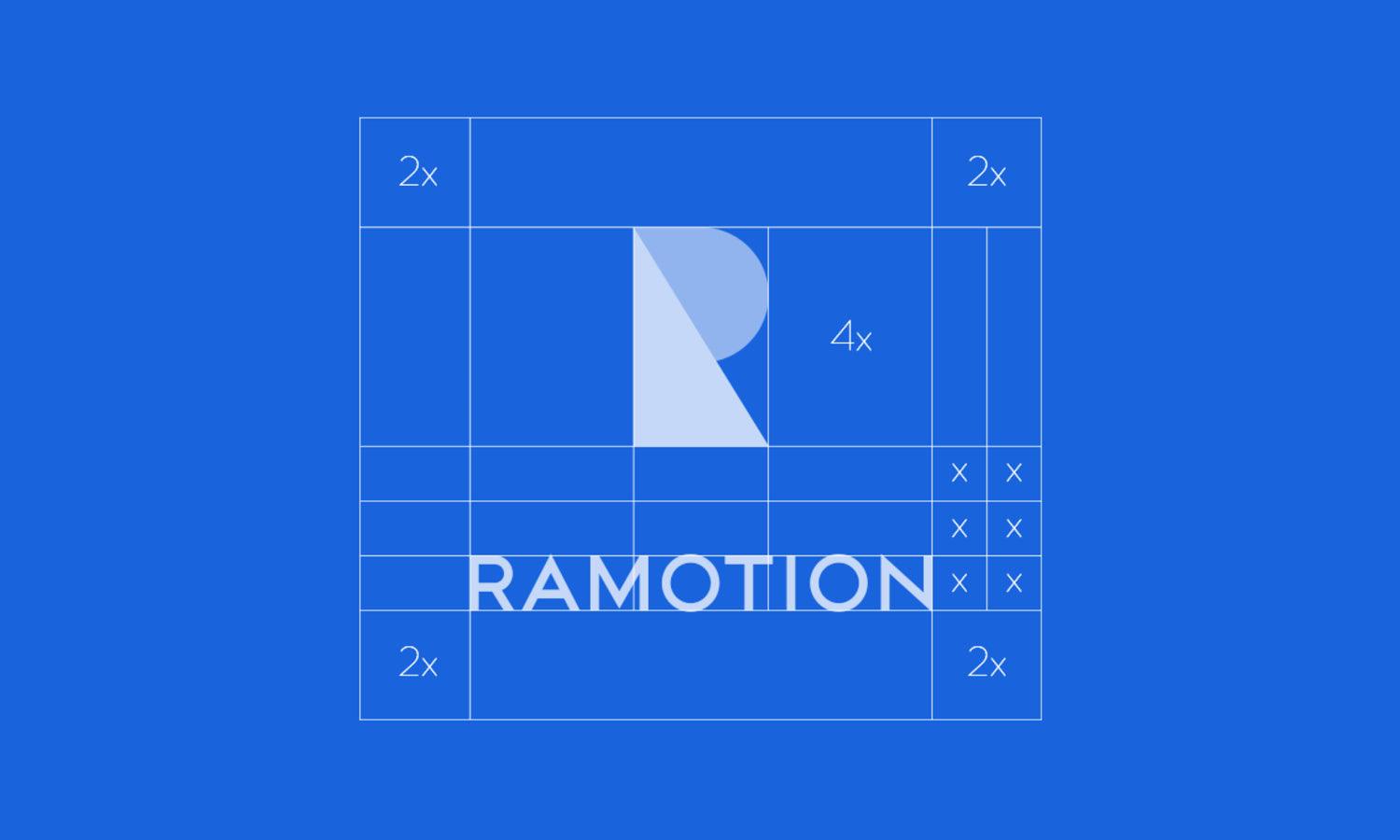How to Produce a Good Logo Design Concept

Source: VASK Studio, Moovle Logo Design, Dribbble, https://dribbble.com/shots/16949535-Moovle-Logo-design
Creating a compelling logo design concept is a pivotal step in crafting a visual identity that embodies the essence of a brand. A logo acts as the face of a company, encapsulating its values, mission, and distinctiveness in a single, memorable graphic. The journey to a successful logo design concept begins with a thorough understanding of the brand's core attributes and the market it operates within. This initial stage sets the foundation for a design that resonates with the target audience and stands out in a competitive landscape.
As a cornerstone of brand identity, a logo’s effectiveness hinges on its simplicity, versatility, and relevance. Designers must navigate the delicate balance of creativity and functionality, ensuring the logo is adaptable across various platforms while maintaining its integrity. The process involves strategic thinking, creative exploration, and meticulous refinement. By adhering to best practices in design and staying attuned to the brand's vision, designers can produce logo concepts that are not only visually appealing but also strategically sound and market-ready.
Understand the Brand
Developing a powerful logo design concept starts with a deep understanding of the brand. This crucial step involves immersing oneself in the brand's history, mission, and values, as well as gaining insights into its audience and market position. A designer must ask probing questions: What does the brand stand for? Who are its customers? What is the brand's personality? The answers to these questions form the blueprint of the logo design, guiding its aesthetics and functionality.
It is essential to align the logo with the brand's core attributes to ensure that it communicates the right message. For instance, a luxury brand might opt for a sleek, minimalist logo to convey elegance and sophistication, while a tech startup might favor a more dynamic, abstract design to reflect innovation and forward-thinking. Understanding the brand helps designers create a logo design concept that not only looks attractive but also resonates with the target audience, enhances brand recall, and strengthens brand identity.
Research the Industry
A thorough industry analysis is instrumental in crafting a relevant and competitive logo design concept. This research helps designers grasp current trends, understand competitor branding, and spot opportunities for differentiation. By examining logos from similar businesses, designers can identify common visual elements and industry standards, which can serve as a benchmark for their own designs.
However, the goal of this research is not to mimic but to innovate. Identifying overused motifs and colors allows designers to avoid clichés and instead, craft a logo that stands out. For example, if most tech companies use blue, a new logo might incorporate green to set it apart while still fitting within industry expectations. Additionally, understanding industry trends helps predict which logo elements are timeless and which are merely fads.
Armed with this knowledge, designers can create a logo design concept that not only meets industry standards but also pushes creative boundaries, ensuring the brand makes a strong and lasting impression in a crowded marketplace.
Conceptualize Ideas
The process of conceptualizing ideas is a dynamic and creative phase in developing a logo design concept. It begins with brainstorming sessions where no idea is too bold or too subtle. This stage is about generating a wide range of ideas and exploring various directions that embody the brand's essence. Designers sketch preliminary concepts, often starting with freehand drawings to quickly capture different visions. This rapid visualization helps in evaluating the potential of each idea without committing too much time to any single design.
Effective conceptualization involves looking at the logo design from various angles and contexts. It's about thinking how the logo will interact with different elements of the brand and its applications. Will it work well on a website header? Is it effective on merchandise or packaging? These considerations are crucial as they influence the logo’s adaptability and functionality.
During this phase, designers often create multiple iterations of each concept, tweaking and refining the designs as they evolve. This iterative process allows the creativity to flow freely while progressively narrowing down the options to the most viable and impactful solutions. The goal here is to develop a set of strong, concept-driven designs that can then be refined further based on client feedback and practical application needs.

Source: Gert van Duinen (Cresk Design), S, Dribbble, https://dribbble.com/shots/22940481-S
Keep It Simple
One of the foundational principles of effective logo design is simplicity. A simple logo design concept is not just aesthetically pleasing, but also highly functional. It makes the logo easy to recognize, easy to remember, and easy to reproduce across various media. Simplicity in logo design means stripping away unnecessary elements that do not contribute to the overall message or brand identity.
The simplicity of a logo enhances its versatility. It ensures that the logo remains effective and coherent whether it is displayed on a small business card or a large billboard. Simplified logos often transcend language and cultural barriers, making them more universally accessible and appealing. This is particularly important for brands that aspire to reach a global audience.
Moreover, simple designs are timeless. While trends come and go, a simple logo remains relevant and avoids appearing dated as styles change. To achieve simplicity, focus on the core elements that represent the brand. Use clean lines, limited colors, and clear typography. Each element in the logo should serve a purpose, supporting the brand message without clutter. Remember, in logo design, less is often more, and simplicity is the key to creating a powerful and enduring logo design concept.
Make It Memorable
Creating a memorable logo design concept is essential for ensuring that a brand makes a lasting impression. A memorable logo is one that sticks in the minds of consumers, helping them to instantly recall and recognize the brand amidst a sea of competitors. To achieve this, the logo must be unique, striking, and evoke an emotional response.
One effective strategy is to incorporate elements that tell a story or symbolize deeper meanings, connecting emotionally with the audience. For instance, using a symbolic color or a unique icon that represents the brand’s values can make the logo more impactful. Another technique is the use of clever and unexpected design twists that catch the viewer's eye and make the logo stand out.
Simplicity also plays a crucial role in making a logo memorable. Complex logos may be difficult to remember or recognize, whereas a simple design can be easily recalled even after a brief glance. The goal is to create a clean and clear design that conveys the brand message without clutter.
Finally, consistency across all branding touchpoints reinforces memory. When a logo is consistently used in the same way across different platforms and media, it strengthens brand recognition and enhances memorability. Therefore, ensuring that the logo functions well in various contexts is key to its memorability.
Ensure Versatility
Versatility is a critical attribute of a successful logo design concept. A versatile logo performs effectively across various media and applications, from digital screens to physical merchandise. It must look equally impressive on a small mobile app icon as it does on a large billboard.
To ensure versatility, a logo should be scalable. This means it retains its impact and legibility whether it is enlarged or reduced. Designing with simplicity can aid in scalability, as simpler designs are easier to recognize and reproduce at different sizes.
Another aspect of versatility is adaptability in color. A versatile logo should work well in full color, black and white, or two-tone versions. This flexibility is crucial for applications where color options are limited, such as newspaper ads or certain merchandise items.
Designers must also consider the logo’s adaptability to different formats. It should align with various branding materials, such as business cards, letterheads, and websites. To test this, designers often create mock-ups of how the logo would appear in different use cases.
Use Appropriate Colors
Choosing the right colors is pivotal in creating a logo design concept that effectively communicates the brand’s identity. Colors have the power to evoke emotions and set the tone of the brand. Each color has different psychological associations that can influence how a brand is perceived by its audience.
For example, blue often represents professionalism, trust, and tranquility, making it a popular choice in corporate and healthcare industries. Green is associated with growth, health, and sustainability, commonly used by environmental organizations and organic products. Understanding the psychology of color can guide the selection process to ensure the colors align with the brand's messaging.
When selecting colors, consider the cultural context as colors can have varying meanings in different cultures. This awareness is crucial for brands that operate globally, to avoid misinterpretations that could impact the brand’s image.
Additionally, it’s important to ensure good contrast and visibility of the logo across various backgrounds and media. This not only enhances readability but also ensures the logo is functional in both digital and print formats. Using a limited color palette can also enhance memorability and ensure consistency across all branding efforts.
Ultimately, the appropriate use of color in a logo design concept can significantly contribute to the brand's recognition and emotional connection with its audience, making careful consideration essential in the design process.

Source: Gert van Duinen (Cresk Design), Lion, Dribbble, https://dribbble.com/shots/23162433-Lion
Select the Right Typography
Typography is a fundamental element of logo design that can significantly affect a brand’s identity. Choosing the right typography involves more than just aesthetic appeal; it must also reflect the brand’s personality and ensure legibility across various sizes and media.
The typeface chosen should complement the overall design of the logo, enhancing its message rather than overwhelming it. For instance, a strong, bold font may be appropriate for a brand that wants to convey strength and reliability, like a security firm. In contrast, a brand that embodies elegance and sophistication, such as a luxury fashion label, might opt for a sleek, serif font.
Consideration of legibility is critical, especially in today’s digital age, where a logo must be readable on both large displays and smaller screens like smartphones. A simple, clean font typically works well across different platforms and reduces the risk of the logo becoming illegible when scaled down.
Custom typography can also be a valuable investment for a unique logo design concept. It avoids the overuse of generic fonts, giving the brand a distinctive voice and helping it stand out in a crowded market.
Moreover, consistency in typography across all branding materials reinforces brand recognition and aids in building a coherent brand image. This consistency helps maintain brand identity across various touchpoints, ensuring that the brand is instantly recognizable to the audience.
Prioritize Balance and Alignment
In logo design, the principles of balance and alignment are critical for creating a visually appealing and professional-looking logo design concept. Balance ensures that the logo feels stable and aesthetically pleasing, while alignment helps maintain a clean and organized appearance.
Balance can be achieved through the symmetrical or asymmetrical arrangement of elements within the logo. Symmetrical balance provides a sense of harmony and formality, often used in logos that aim to convey stability and professionalism. Asymmetrical balance, on the other hand, offers a more dynamic feel and can be used to convey movement and energy, which is suitable for modern or youthful brands.
Alignment refers to the orderly arrangement of elements relative to a specific line or point within the design, ensuring that each component of the logo is positioned to create a cohesive unit. Proper alignment avoids visual confusion and enhances the overall readability of the logo.
Using grids can be extremely helpful in achieving precise alignment and balance. Grids guide the placement of elements and ensure that they are proportionally spaced. This tool is invaluable in creating a logo that looks unified across various applications.
Attention to balance and alignment not only improves the visual impact of a logo but also contributes to its effectiveness in communicating the brand’s message. A well-balanced and neatly aligned logo instills a sense of quality and trustworthiness in the brand it represents.
Test Variations
Testing variations of a logo design concept is an essential step in the logo development process. It involves creating multiple versions of the logo to see how each one performs under different conditions and across various applications. This testing helps ensure that the final logo is not only aesthetically pleasing but also versatile and functional.
Designers should consider variations in color, size, and layout. For example, a logo must be legible and effective in both full-color and grayscale to ensure it can be used in media where color printing is not an option. Similarly, the logo should retain its integrity when scaled down for small items like business cards or enlarged for billboards.
Testing also includes seeing how the logo looks in different contexts, such as on a website header, on product packaging, or embroidered on apparel. This helps identify any issues with legibility or branding consistency that might arise when the logo is used in real-world applications.
Feedback from these tests can be invaluable. Presenting different variations to a focus group or even to the client can provide insights into how the logo is perceived by others. This feedback can highlight unforeseen issues or potential improvements, leading to refinements that enhance the logo's effectiveness.
Ultimately, testing variations of a logo design concept ensures that the final logo not only meets the creative and aesthetic standards but also functions well in all intended uses, making it a true asset to the brand’s visual identity.
Conclusion
Developing a strong logo design concept is crucial for establishing a brand's visual identity. It requires a careful blend of creativity, strategic thinking, and attention to detail. From understanding the brand and researching the industry to selecting the right colors and typography, each step is vital. Prioritizing balance, alignment, and testing variations ensures the logo is not only visually appealing but also functional across different media. A well-crafted logo design concept serves as the cornerstone of effective branding, helping a business stand out in a competitive market and build a lasting connection with its audience.
Let Us Know What You Think!
Every information you read here are written and curated by Kreafolk's team, carefully pieced together with our creative community in mind. Did you enjoy our contents? Leave a comment below and share your thoughts. Cheers to more creative articles and inspirations!















Leave a Comment